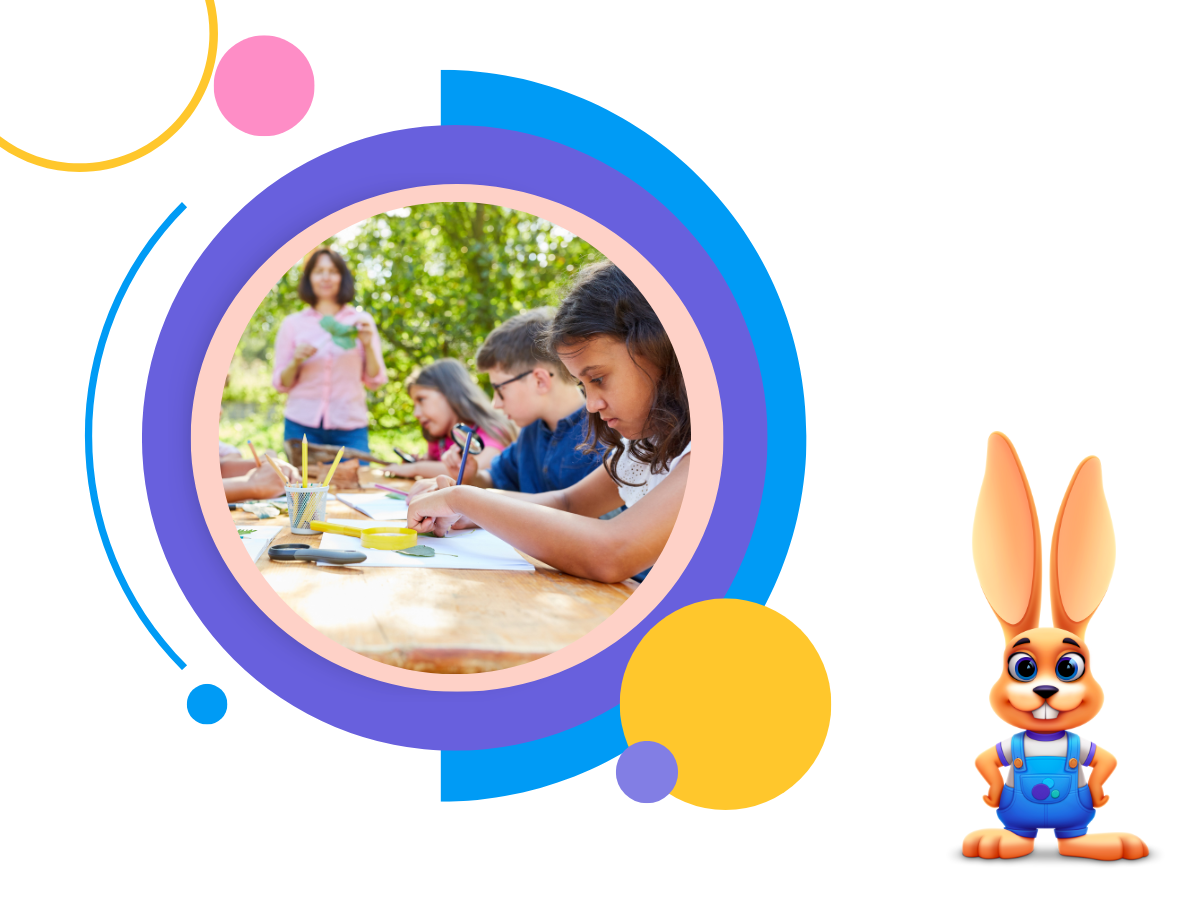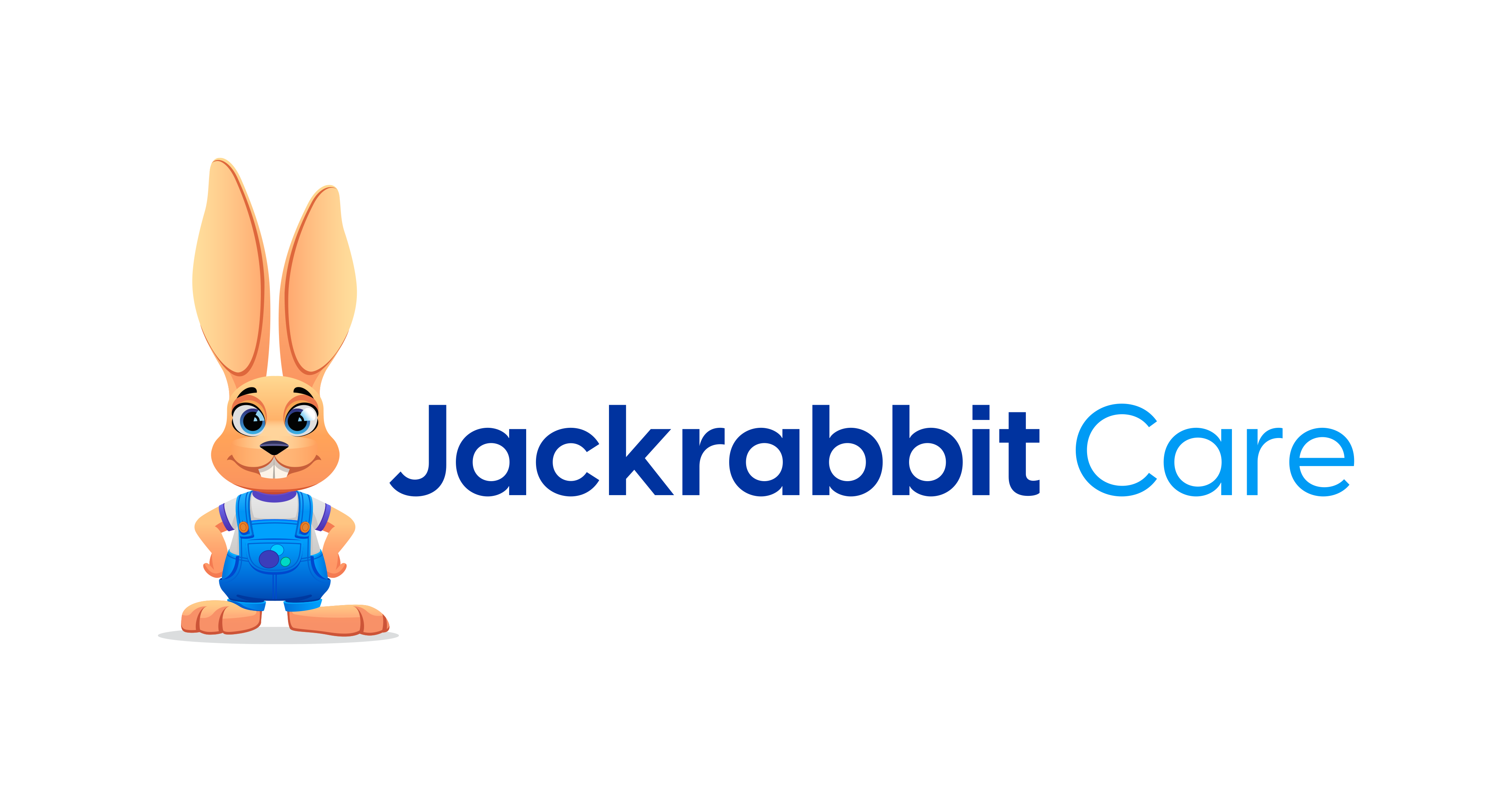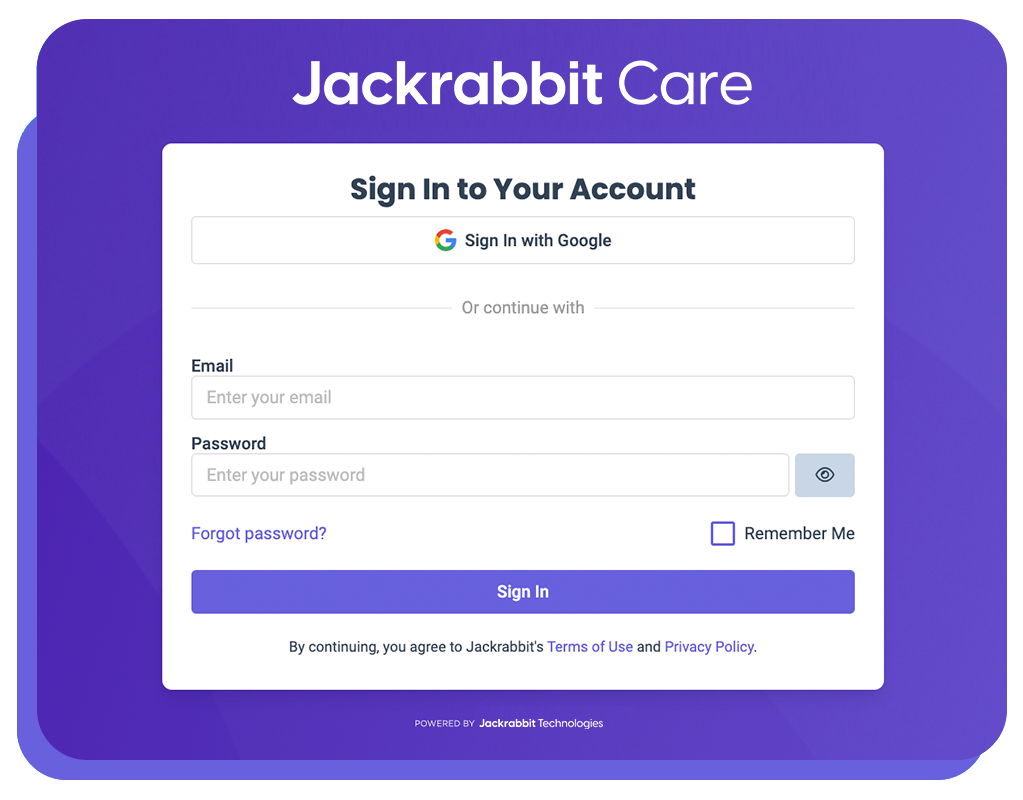“I was only teasing.”
How many times have you heard this or said it? Teasing takes place in every type of relationship: between children, parents, parent and child, all sort of relatives and friends, students of the same age and different ages, between teachers and even students and teachers.
Let’s define what a “tease” is before we go any farther.
To tease is to make fun of or attempt to provoke (a person or animal) in a playful way. You could call it a jocular insult offered with love or a lesson with a dose of laughter.
Teasing can be playful and fun when done in the right spirit. Families often like to engage in playful teasing like tickling, gentle mocking or calling each other silly names. But even this seemingly innocent behavior can be confusing for children to determine when it’s all in good fun and when it goes too far.
Positive or Negative Results?
Teasing that has good, positive results (i.e., making people laugh and relieving stress in a social situation) can be considered appropriate teasing. But kids often have difficulty seeing the line between teasing and hurting someone’s feelings. And it’s no surprise, since adults after whom kids may be modeling their behavior don’t see this line very clearly either.
Teasing that has a negative result – if it makes someone feel badly about themselves or uncomfortable – is inappropriate teasing.
Is it Starter Bullying?
Some believe teasing to be starter bullying or “entry level” bullying. Teasers may laugh and may mean little by their teasing, but the teased may not see it the same way. What the teaser may call lighthearted and fun may be described as malicious and annoying by the teased. When mean-spirited teasing becomes a problem, it’s time to seek out the root cause of the mean-spiritedness and badgering.
Are There Benefits to Positive Teasing?
Some researchers see benefits to what they call “prosocial teasing.” It can be playful, reveal affiliations and help both the teaser and the teased feel closer. After all, these researchers note, wouldn’t only someone very close to you tell you something as personal as how unappealing your feet are, for example? (Or is that someone just being mean?)
Teasing isn’t positive unless both parties perceive it as positive. That is where the challenge in striking the balance comes. How do you help your child to recognize the line before he steps over it and does something like tease the cousin who sleeps with a very babyish toy or makes several nighttime visits to the bathroom?
It’s just difficult. It has a lot to do with recognizing how what we say makes others feel. And that begins with understanding that we shouldn’t say to someone else what we wouldn’t want someone to say to us. It’s the Golden Rule.
How Do You Differentiate Between Healthy or Hostile Teasing?
Children often begin teasing at an early age – probably because Grandpa, Mom, Uncle Joe or Aunt Sue teased them in the same way at some point. The child may hold out a toy to you and when you reach for it, they take it away. It’s a simple form of teasing that doesn’t even require that they speak. But using adults as models, children will tease people with words as soon as they can speak.
This isn’t negative behavior if everyone involved in the teasing gets positivity from it. It’s light-hearted, natural and fun. The goal is for the teaser and the teased to be drawn closer together by the teasing. In fact, Julie Cook, author of Tease Monster (and 50 other children’s book about social and behavioral issues) says that teasing helps satisfy the natural human need to fit in.
Teasing and joking can start with an attempt to be funny or to cope with an uncomfortable situation. Negativity sets in when kids no longer see the behavior as funny due to the teaser using teasing to not simply get attention but to feel superior to others.
How Do You Help Children Draw the Line?
Children often begin to understand the positive and negative sides of teasing when these things happen:
You clear up the confusion. Help children to see their teasing from the point of view of the one who is teased.
You talk about it. Children understand math. They can understand the results of teasing – if it is explained to them as if it were a math problem. Ask them if what they’re saying and doing adds to someone’s life or does it take away from who they are? Using words that they understand clearly from math problems can help make concepts that are confusing to them – like teasing – as clear as addition and subtraction.
You discourage teasing. Explain why a child’s teasing is inappropriate when it happens. Explain why it isn’t fair to treat his family or friend in the way that he has. Reinforce the concept of empathy and encourage the child to think about how his words make others feel. Remind the child of the Golden Rule. How would he or she feel if the tables were turned?
You lead by example. Even though you and another teacher may know that the teasing between you both is in good fun, a student who overhears some of this banter may not be able to recognize good natured teasing from mean-spirited behavior. It may not only be confusing for the student to hear the teasing, but that teasing also becomes a model for that student to follow.
You get others on board. Reinforcing behavior is easier when it is done consistently by all who model and influence behavior for children. So parents and other adult relatives, care givers and teachers need to be in sync in how they handle teasing so that it becomes a consistent “strategy” with great potential for success.
You tease proof. As we noted, teasing can be hurtful. Children can become “tease-proofed” with a little effort by the adults who are on board with the strategy. Children who are teased don’t need protection, they need to learn the skills for handling teasing. Once children realize they can actually handle it, there will be a change in their attitude. The teasers will recognize this and start looking for different targets.

Does tease proofing work?
Here is an enlightening example of tease proofing shared in a story told by Jim Fay in an article for “Love and Logic” (part of the Institute for Professional Development) entitled “Tease Proof Your Kids”:
Mr. Mendez, a wonderful second-grade teacher, “tease proofed” his whole class. He said to the class, “Kids, the reason kids tease other kids is that it makes them feel superior. Now you can let them get away with this, or you can use an adult one-liner. But first of all, we all have to practice the ‘cool look.’”
This teacher had the kids practice standing with their hands in their pockets, rocking back on their heels, and putting a cool grin on their face.
He practiced this over and over. Every now and then, he would yell out, “Let’s see your ‘cool look.’” The kids would all jump out of their seats and put on the “look.”
Once they had all mastered the “cool look,” he said, “When kids start to tease you, put on your ‘cool look.’ Keep the look going while they tease. As soon as they get through putting you down, use your one-liner.”
The one-liner he taught them is, “Thanks for sharing that with me.” Mr. Mendez had the kids practice this, making sure that they kept the “cool look” on while they said the words.
Every now and then, when the kids would least expect it, he would yell out, “Let me hear your one liner!” And the kids would practice saying the words, making sure to grin while they said them.
Once the teacher felt that the class had mastered saying, “Thanks for sharing that with me,” in the appropriate way, he started having them practice jumping up out of their seats, putting on the “cool look,” and saying their one-liner.
The next step was for the kids to learn to turn around on the last word and walk away fast without looking back at the teasing child. Needless to say, they all did their practice until the skill was mastered. They even spent some of their recess time practicing this on the playground.
With the skill learned, practiced and mastered, Mr. Mendez could implement his part of the operation. When children came to him to tattle about others teasing them he consistently asked, “Did you let him get by with it or did you use your ‘cool skill’?”
In the event that child admitted that he had not used his/her skill, the teacher said, “How sad that you let him get away with it. Do you suppose you are going to continue to let him get by with it or are you going to use your skill? It’s your choice, but tattling to me is no longer a choice.”
Mr. Mendez tells us that the amount of tattling and complaining has been reduced by over 90%. He also proudly tells about one of his students who came to him asking if they had to use the one-liner he taught them, or could they make up their own.
This second-grader wanted to demonstrate to the class the one-liner that he used so successfully on the playground.
He stood before the class and said, “This other kid on the playground was dissin’ me. He said I had the skinniest arms in the whole school. I put on my ‘cool look.’ I grinned and said, ‘Bummer, I thought I was cool, man.’ I walked away before he could figure out what to say. Man, I blew his mind!”
All the kids clapped for this skillful second-grader, and the teacher beamed with pride as he thought to himself, “Now that kid is really ‘tease proofed’ for sure.”
What Does This Tell Us?
Teasing is in our nature and that’s OK. Hurtful forms of teasing can be greatly reduced in our culture by reinforcing and demonstrating the Golden Rule to children as they learn to draw the line where hurtful teasing begins. When they’ve learned to reverse their perspective before they speak, they’ll never tease in a way that they would find hurtful themselves.
Perhaps adults should practice this too?
























